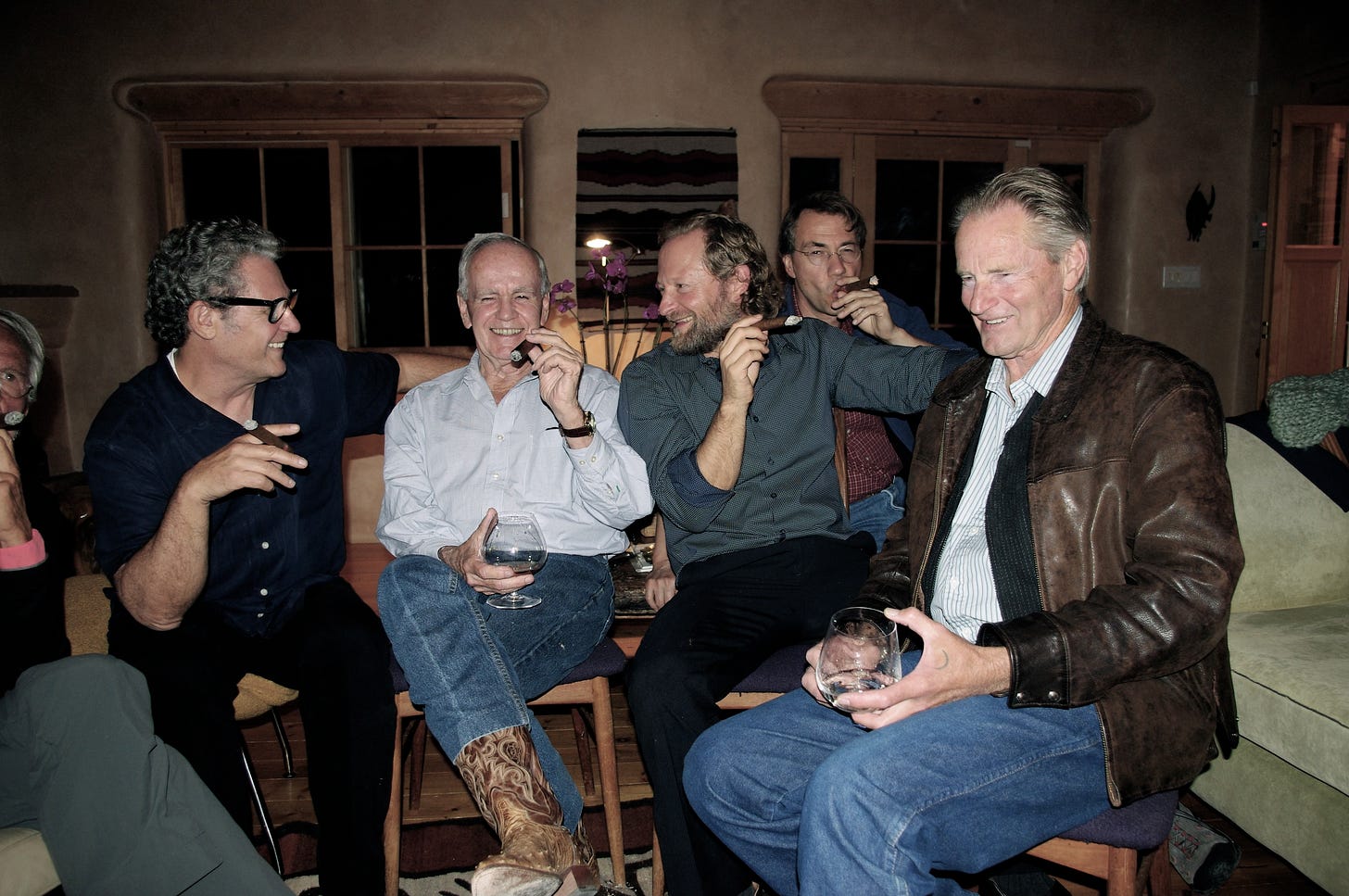Readers returning to Cormac McCarthy’s All the Pretty Horses thirty-three years after its publication will likely find a more complex novel than the coming-of-age adventure they remember reading in May of 1992. This is the first of McCarthy’s novels I read myself (fall of ‘98) and I recall thinking it was entertaining enough, though I couldn’t quite understand the adoration.
Then, summer of the following year, I read Blood Meridian, which my friend and fiction writing professor, Brian Evenson, talked about constantly. Not only did my estimation of McCarthy’s brilliance change: I was strangely altered myself. No work of fiction has had a more powerful effect on my own writing than McCarthy’s dark masterpiece, and it sent me to his early novels: Child of God, Outer Dark, Suttree.
When I reviewed No Country for Old Men in the summer of 2005, just before that novel’s release, I went back and gave All the Pretty Horses another try. I couldn’t believe how thoroughly I’d missed the mark seven years before. Here was a novel as rich and complicated as any work of fiction of the past forty years—only Blood Meridian surpasses it.
This is the task I believe McCarthy set for himself with the first novel of his marvelous Border Trilogy: write a coming-of-age Western that dramatizes familiar aspects of the American adventure yarn, but make it so bone-deep credible that every page of the book overpowers the reader with its realer-than-real sensations of physical pain: John Grady cauterizing his bullet wound with a red hot pistol barrel; John Grady feeling his would-be-assassin’s switchblade sever his abdominal muscles.
And not just pain, but other physical and emotional sensations. The almost drunken weariness of John Grady and Lacey Rawlins after spending their days in the corral, breaking horses. The taste of coffee cooked over a campfire. The cold, manic despair John Grady experiences when Alejandra informs him she can’t go back with him to Texas.
Underneath all this sense and sensation, another layer awaits the reader: the philosophical concerns that McCarthy grappled with for six decades. Below, you’ll find some notes I’ve complied over the years, reading and teaching All the Pretty Horses. Some have been fleshed out by other scholars of McCarthy’s work; some have not been written about at all.
I. The Consequences of Chaos Theory and the Santa Fe Institute
In the late 1990s, McCarthy moved to New Mexico and in 2014 he became a fellow at the Santa Fe Institute: that theoretical research facility where physicists, mathematicians, evolutionary biologists gather to discuss adaptive systems and what is sometimes called “the Science of Complexity.”
(left to right: James Drake, Cormac McCarthy, SFI president David Krakauer, Walter Fontana, and Sam Shepard at Krakauer’s Santa Fe home in 2011)






